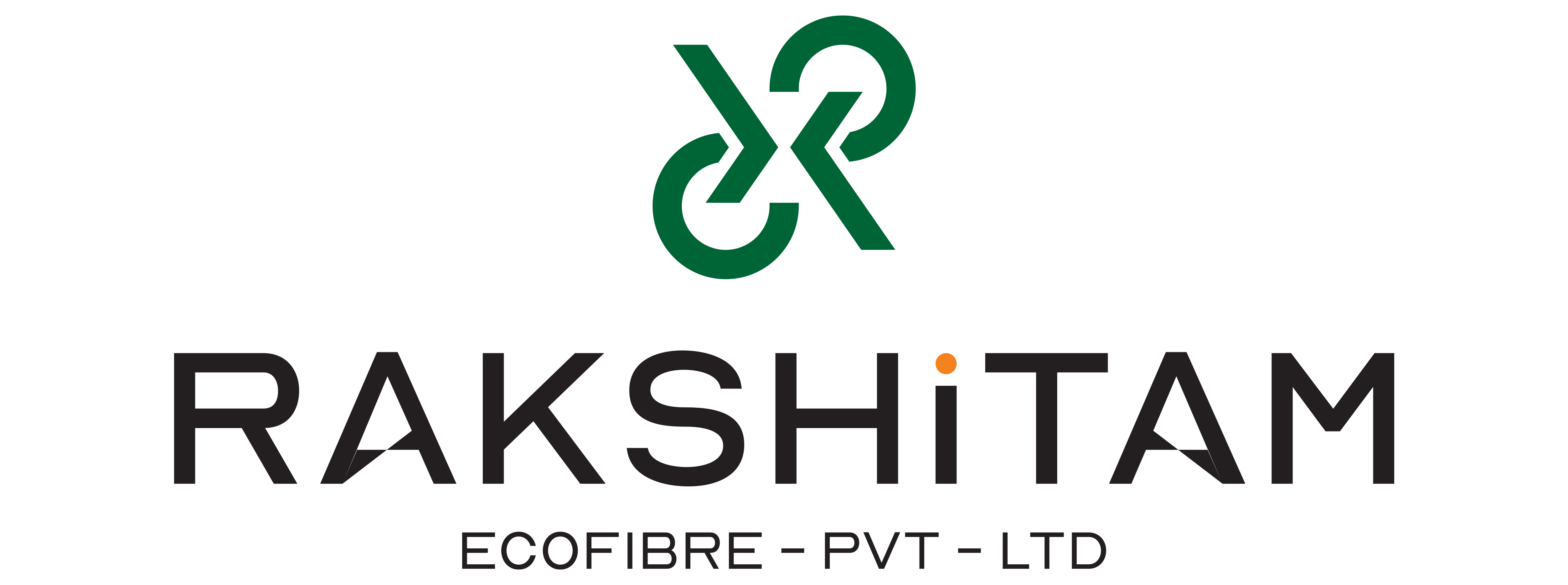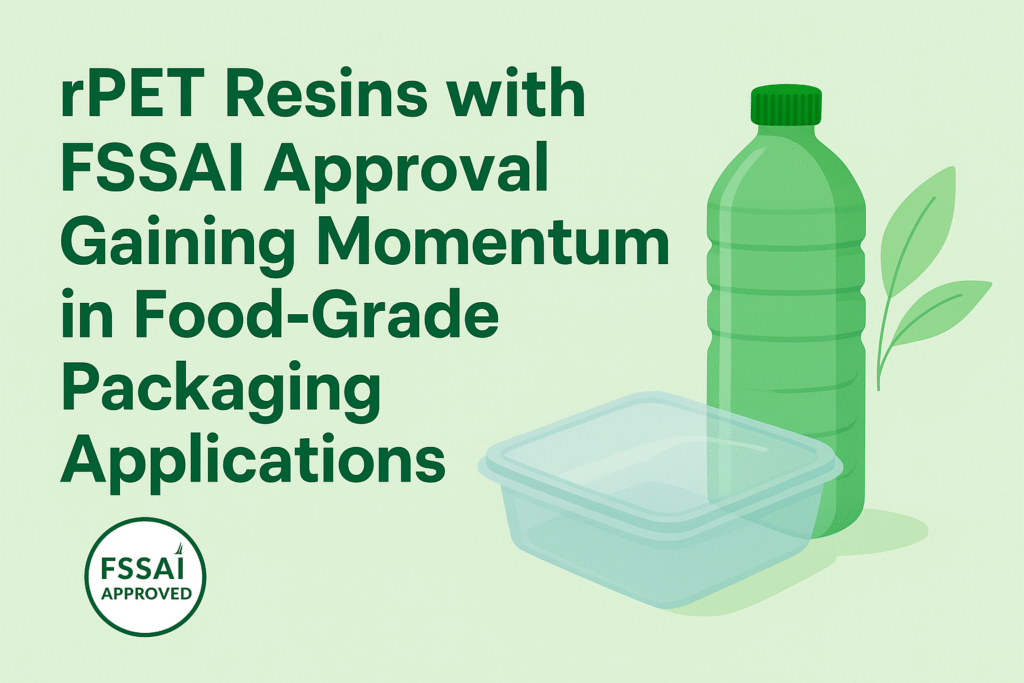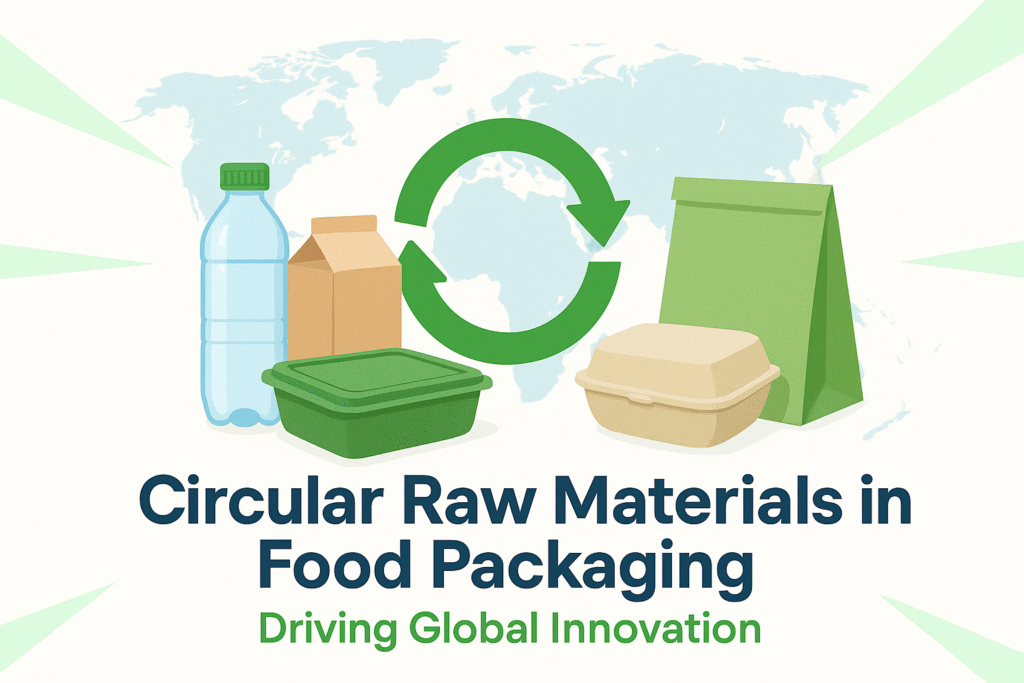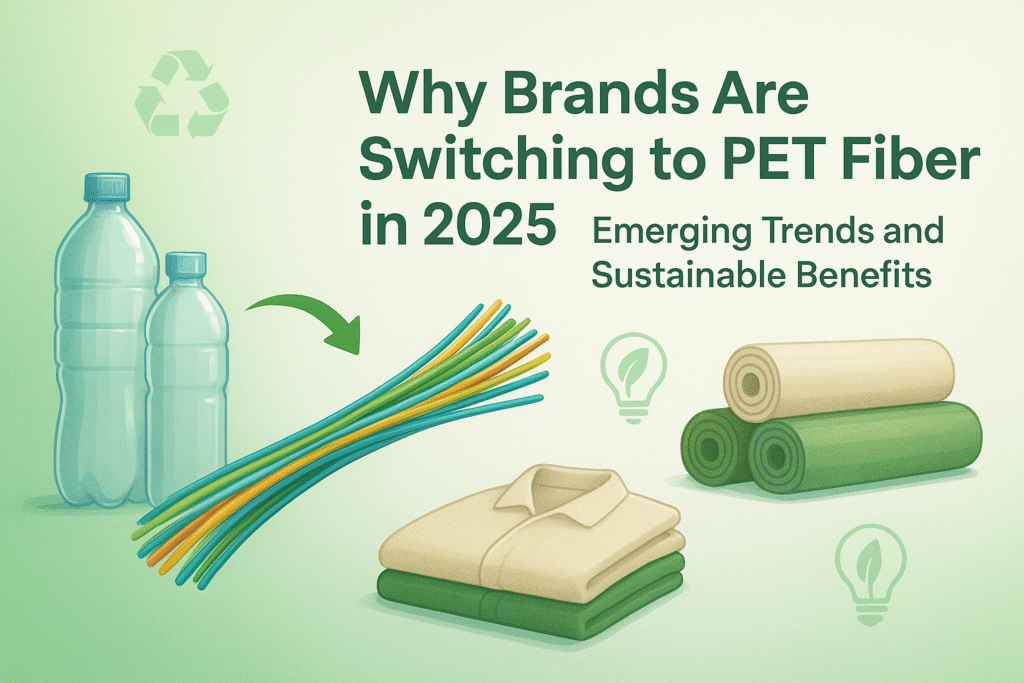The world textile market is witnessing a paradigm shift in 2025 with the emergence of textile-to-textile (T2T) recycling technologies. Polyester fibre, the most common man-made fibre used in various applications, is poised in the middle of this revolution. Rather than depending on virgin polyester derived from petroleum-based materials, businesses are now adopting eco-friendly solutions through recycling. The 2025 polyester fibre business is featuring new technologies, sustainable processes, and scalable recycling solutions that are transforming the future of fashion, apparel, and industrial textiles.
Why Textile-to-Textile Recycling Matters
Millions of tonnes of textile waste are dumped in landfills annually. Conventional recycling systems were limited to downcycling, where the textile waste was recycled to make products of lesser value. Textile-to-textile recycling shifts the paradigm by recycling polyester fibres to high-value yarns and fabrics. It reduces the reliance on virgin material and reduces the carbon footprint and energy use to a great extent.
Key Innovations in 2025
1. Chemical Recycling of Polyester
- New depolymerization technologies are reducing polyester to its raw monomers.
- These monomers are cleaned and repolymerized to create 100% virgin-like polyester fibre.
- Brands are embracing this technology to make sustainable fashion lines without sacrificing quality.
2. Mechanical Fibre-to-Fibre Recycling
- Progress in shredding and re-spinning technology has never maintained fibre strength like it does now.
- Blended fabrics which had been a challenge in the past, are now being efficiently separated for recycling.
3. Digital Sorting & AI-Based Waste Management
- The application of Artificial intelligence and robotics is improving accuracy in the classification of textile waste.
- More polyester-based fabrics get recycled into the loop, increasing efficiency.
4.Closed-Loop Production Systems
- Diverse textile companies are incorporating circular economy systems in which polyester clothes are gathered, recycled, and fed back into the supply chain.
Advantages of Textile-to-Textile Recycling
- Reduced Environmental Impact – Less landfill, less greenhouse gas emissions.
- Cost advantages – The lowest Integrative Cost Attribute relative to reliance on the virgin polyester price fluctuation due to crude oil.
- Sustainability deficiency branding – the virgin polyester price fluctuation, in which crude oil is used.
- Government & Policy Support – Most governments are promoting textile recycling with subsidies and sustainability requirements.
Global & Indian Market Outlook 2025
The world polyester recycling industry is expected to expand aggressively in 2025 with double-digit growth in Asia, particularly India and China. As a textile giant, India is focusing more on recycled polyester staple fibre (RPSF) and rPET-based yarns. With a growing demand from international fashion brands looking for green sourcing, Indian firms are investing in advanced recycling mills.
Challenges Ahead
- Advanced recycling technologies are too expensive.
- Challenges in recycling polyester blended with other fibres.
- Inefficiencies in the collection system and consumer awareness.
Notwithstanding these challenges, the industry is firmly on a path of sustainable growth.
Also Read: Best rPET Chips Manufacturers in India for Recycling and Textiles
Conclusion
Fashion-to-fashion recycling technologies in the polyester fibre business 2025 are transforming the way the world makes and consumes fashion. This business is closing the loop by recycling high-quality old fabrics into new fibres and in doing so, minimizing waste and paving the path for a more sustainable future. The uptake of these innovations is no longer a fascination, but a means to survive for firms, brands and consumers alike.
